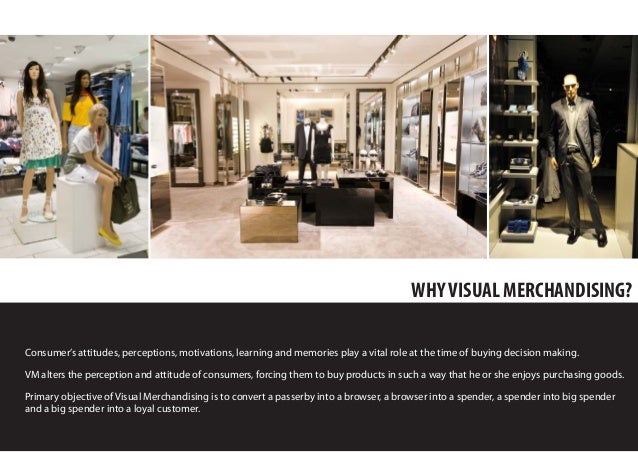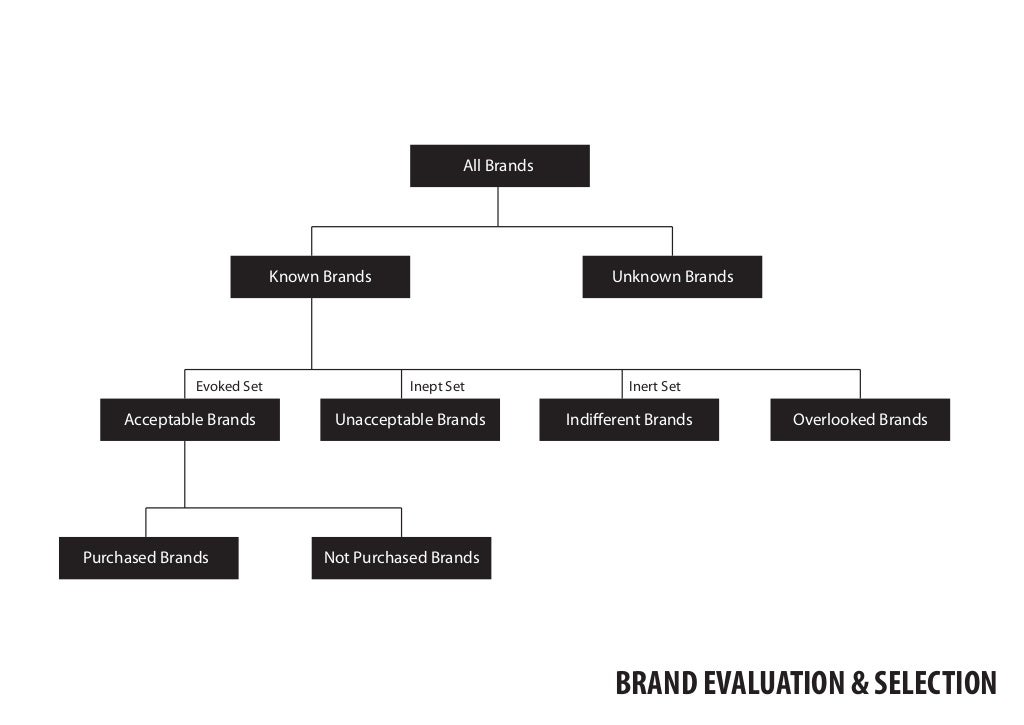The Silent Salesperson: A Comprehensive Guide To Visual Merchandising And Display
The Silent Salesperson: A Comprehensive Guide to Visual Merchandising and Display
Related Articles: The Silent Salesperson: A Comprehensive Guide to Visual Merchandising and Display
Introduction
In this auspicious occasion, we are delighted to delve into the intriguing topic related to The Silent Salesperson: A Comprehensive Guide to Visual Merchandising and Display. Let’s weave interesting information and offer fresh perspectives to the readers.
Table of Content
The Silent Salesperson: A Comprehensive Guide to Visual Merchandising and Display

In the competitive landscape of retail, the ability to capture attention and entice customers is paramount. While product quality and pricing play significant roles, the art of visual merchandising and display emerges as a silent yet potent force driving sales and brand perception. This comprehensive guide delves into the intricacies of this crucial aspect of retail strategy, exploring its fundamental concepts, benefits, and practical applications.
Visual Merchandising: A Definition
Visual merchandising is the strategic practice of presenting products and brands in a visually compelling and engaging manner. It encompasses the design and implementation of store layouts, window displays, in-store signage, lighting, and product placement, all aimed at attracting customers, conveying brand identity, and ultimately, driving sales.
The Power of Visual Communication
Visual merchandising harnesses the power of visual communication, a language understood universally. It transcends linguistic barriers, engaging customers on an emotional level through:
- Aesthetic Appeal: Visually appealing displays create a positive and inviting atmosphere, encouraging customers to explore the store and engage with products.
- Storytelling: Effective visual merchandising constructs narratives around products, showcasing their features, benefits, and lifestyle applications.
- Emotional Connection: Carefully curated displays evoke emotions, creating a sense of desire, exclusivity, or excitement associated with the brand and its offerings.
- Brand Identity: Consistent visual elements across different touchpoints, from store design to online platforms, solidify brand identity and reinforce brand recognition.
Benefits of Effective Visual Merchandising
The benefits of investing in a robust visual merchandising strategy extend beyond aesthetics, directly impacting key business metrics:
- Increased Sales: Visually appealing displays capture attention, draw customers in, and encourage impulse purchases, leading to higher sales conversion rates.
- Enhanced Brand Awareness: Consistent and impactful visual merchandising creates a memorable brand experience, fostering brand recognition and loyalty.
- Improved Customer Engagement: Engaging displays encourage customers to spend more time in the store, exploring products and interacting with the brand.
- Reduced Operational Costs: Strategic product placement and streamlined displays optimize store layout and flow, minimizing waste and improving efficiency.
- Competitive Advantage: A well-executed visual merchandising strategy differentiates a brand from competitors, creating a distinct and memorable customer experience.
Key Components of Visual Merchandising
Visual merchandising encompasses a range of elements working together to create a cohesive and impactful experience:
- Store Layout: The arrangement of store fixtures, aisles, and displays influences customer flow and product visibility, guiding their journey through the retail space.
- Window Displays: The storefront serves as a first impression, attracting passersby and showcasing the brand’s personality and current offerings.
- In-Store Signage: Clear and concise signage guides customers through the store, highlighting product information, promotions, and brand messaging.
- Lighting: Proper lighting enhances product visibility, creates ambiance, and influences customer mood and perception.
- Product Placement: The arrangement of products on shelves, mannequins, or display tables influences customer perception and purchasing decisions.
- Color Psychology: The strategic use of colors influences customer emotions and perceptions, creating associations with the brand and its products.
- Merchandising Techniques: Techniques like "cross-merchandising" (placing related items together), "stacking" (creating visual impact with product arrangements), and "color blocking" (grouping items by color) enhance product visibility and appeal.
Visual Merchandising in Different Retail Environments
Visual merchandising principles are adaptable to diverse retail environments, each presenting unique challenges and opportunities:
- Brick-and-Mortar Stores: Focus on creating a welcoming atmosphere, showcasing products effectively, and guiding customer flow.
- E-Commerce Platforms: Utilize high-quality product photography, engaging video content, and interactive elements to create an immersive online shopping experience.
- Pop-Up Shops: Leverage temporary spaces to create impactful and memorable experiences, showcasing brand personality and promoting limited-time offers.
- Trade Shows and Events: Design eye-catching booths and displays to attract attention, generate leads, and showcase products effectively.
FAQs on Visual Merchandising and Display
1. What are the key factors to consider when designing a window display?
- Target Audience: Understand the demographics and interests of the desired customer base.
- Brand Identity: Reflect the brand’s personality, values, and aesthetic.
- Seasonality and Trends: Incorporate relevant seasonal themes and current trends.
- Product Focus: Highlight key products or promotions in a visually compelling way.
- Lighting and Visual Impact: Use lighting to enhance the display’s visual appeal and draw attention.
2. How can I use color psychology effectively in my visual merchandising?
- Understand Color Associations: Research the emotional and cultural associations of different colors.
- Create Visual Hierarchy: Use contrasting colors to highlight key products or areas.
- Reflect Brand Identity: Choose colors that align with the brand’s personality and message.
- Consider Target Audience Preferences: Take into account the color preferences of the target demographic.
3. What are some common mistakes to avoid in visual merchandising?
- Overcrowding: Avoid cluttering displays with too many products, making it difficult to focus.
- Inconsistent Branding: Ensure all visual elements reflect the brand’s identity and messaging.
- Poor Lighting: Insufficient or poorly positioned lighting can obscure products and create a dull atmosphere.
- Lack of Storytelling: Avoid simply displaying products; create narratives that engage customers.
- Ignoring Customer Flow: Design displays that guide customers through the store and encourage exploration.
Tips for Effective Visual Merchandising
- Stay Updated on Trends: Continuously research and adapt to evolving trends in retail design and visual merchandising.
- Conduct Regular Audits: Evaluate the effectiveness of existing displays and make adjustments as needed.
- Seek Inspiration: Visit competitor stores, attend industry events, and explore online resources for inspiration.
- Measure Results: Track key performance indicators (KPIs) such as sales, customer engagement, and brand awareness to assess the impact of visual merchandising strategies.
- Collaborate with Experts: Engage professional visual merchandisers or designers to optimize display strategies and create impactful visuals.
Conclusion
Visual merchandising and display are not mere aesthetic considerations; they are essential tools for driving sales, enhancing brand perception, and fostering customer engagement. By understanding the principles of visual communication, leveraging the power of storytelling, and continuously adapting to evolving trends, retailers can create impactful experiences that resonate with customers and contribute to business success. In the competitive retail landscape, the ability to captivate and engage customers through visually compelling presentations serves as a powerful differentiator, ensuring a brand’s continued relevance and growth.






Closure
Thus, we hope this article has provided valuable insights into The Silent Salesperson: A Comprehensive Guide to Visual Merchandising and Display. We hope you find this article informative and beneficial. See you in our next article!
You may also like
Recent Posts
- Shaping The Homes Of Tomorrow: Home Decor Trends For 2025
- Navigating The Evolving Landscape Of Home Decor Trends: A Comprehensive Guide
- Weaving History And Home: A Guide To Unique Vintage Farmhouse Decor
- The Enduring Appeal Of Wooden Duck Home Decor: A Timeless Symbol Of Nature And Serenity
- Beyond The Ordinary: A Guide To Unique Home Decor Accessories
- Navigating The Fast Fashion Landscape: Exploring Alternatives To SHEIN
- A Global Network Of Home Improvement: The Reach Of The Home Depot
- Finding The Perfect Pieces: A Guide To Home Decor Shopping


Leave a Reply